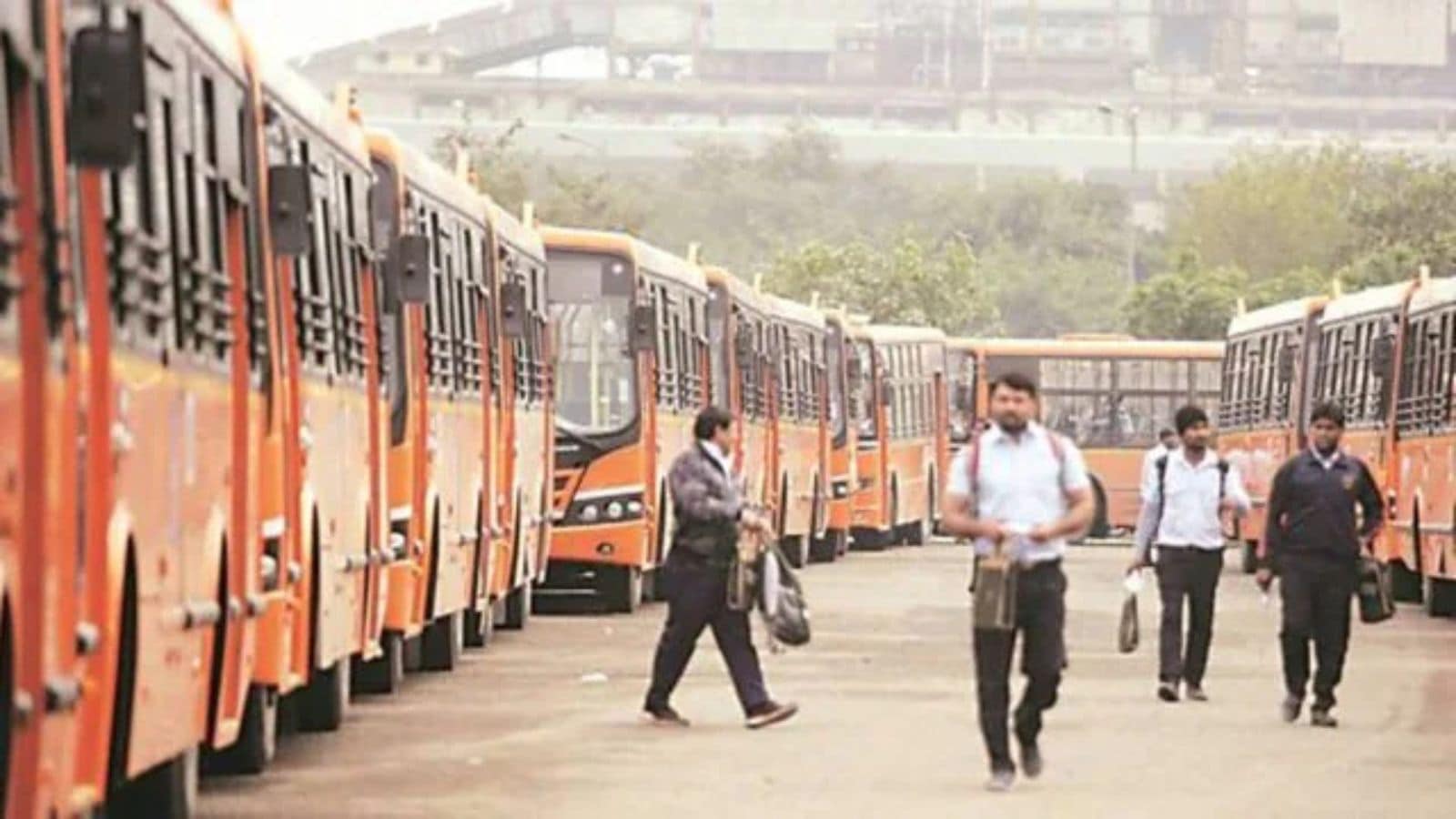With days to go for the Delhi Assembly polls, one question that will determine the decision of many voters is: Which party is best placed to address Delhi’s development challenges and take it towards the vision of a modern, world-class city? While all parties will try to claim the moon, the Aam Aadmi Party’s track record over the past decade shows it has delivered on several fronts that are critical to the day-to-day quality of life of Delhi residents, more than any other party in the city’s history.
A robust public transport system can go a long way towards reducing congestion, pollution and accidents, while contributing to economic growth. The Delhi Metro started operating in 2002 under the Congress government and added 143 stations and 193 km to its network by 2015. Under AAP, the Delhi government has doubled its stations and network length to 289 and 395 km respectively. Daily ridership has risen substantially from 24 lakh in 2014 to 60 lakh in 2024.
Story continues below this ad
The past decade has also witnessed Delhi’s ageing public bus fleet transition to a largely new, modern fleet of 7,683 buses, 25 per cent of which are electric— the largest fleet of public buses and electric buses in India. By December 2025, Delhi’s fleet is expected to reach 10,480 buses, 80 per cent of which will be electric, making it the city with the largest electric bus fleet in the world outside China. To address concerns of last-mile connectivity, over 2,000 mohalla buses — small air-conditioned electric buses — are set to be added in 2025 to connect metro stations and major landmarks across the city to nearby residential areas.
The AAP government’s EV policy has turned Delhi into India’s EV capital with a 12 per cent registration rate of EVs among new vehicles, the highest in India. Subsidies have led to the setting up of over 5,400 charging points in Delhi, the highest among all states and one-third of the total in India. The AAP government has also substantially invested in decongesting Delhi’s road network, with 38 new flyovers built over the past decade compared to 62 until 2015. Over 10,000 km of roads and drains were built inside Delhi’s over 1,700 unauthorised colonies — home to a third of the city’s population — drastically transforming their quality of life. Nearly three-and-a-half lakh CCTV cameras and three lakh street lights have also been installed across Delhi to rid the streets of dark spots and address concerns of women’s safety.
Yet another notable change has been the provision of 24×7 power supply, a far cry from the daily four-six hours of power cuts in the summer of 2014, and a result of a massive upgradation of Delhi’s creaking, old electricity distribution infrastructure that AAP inherited.
Story continues below this ad
The AAP government has also made substantial headway in providing access to water and sanitation facilities to every household. Since 2015, over 7,300 km of water pipelines have been laid in unauthorised colonies, resettlement colonies and rural villages, ensuring 100 per cent connectivity to these areas for the first time. A major reason for water pollution in the Yamuna was the complete lack of sewer lines inside Delhi’s unauthorised colonies. Over 4,400 km of sewer lines have been laid connecting two-thirds of unauthorised colonies, with the rest expected to be connected in the next year or two. Simultaneously, the capacity of existing sewage treatment plants was enhanced and new plants set up, ensuring that 75 per cent of Delhi’s sewage is treated before discharge in Yamuna, compared to only 55 per cent in 2015.
Education and health, the two key thrust areas of the Delhi model of governance, have seen unprecedented growth. The AAP government built over 22,700 new classrooms in government schools in the past decade, compared to 24,100 in the preceding seven decades. The infrastructure in all existing schools was upgraded to world-class standards, with many schools sporting A/C auditoriums, modern libraries, swimming pools, etc. Higher education institutions have seen their total intake capacity doubling from 84,000 seats in 2015 to 1.6 lakh in 2024. Nearly 550 air-conditioned mohalla clinics have been set up, with about 2 crore patients visiting them in 2023. All government hospitals saw major infrastructure upgrades, with total bed capacity rising from 9,500 in 2015 to 13,708 in 2024.
In its 15 guarantees for the people of Delhi for the next five years, the AAP government has promised three landmark projects that will take Delhi much closer to the vision of becoming a world-class city. With substantial progress in treating all of Delhi’s sewage, it has promised a clean Yamuna by 2030. It has also promised to augment Delhi’s water-supply system to ensure 24×7 clean water to every household. Based on a successful pilot of upgrading 40 km of Delhi’s roads to European standards, AAP has promised to upgrade the entire 1,400-km network of Delhi’s widest roads to these standards with an outlay of Rs 19,000 crore.
None of the 20 BJP-governed states has shown commensurate progress in the past decade, and its track record of failures in the national capital stand in sharp contrast to AAP’s achievements. Among its biggest infrastructure projects, stretches of the Pragati Maidan tunnel built at a cost of Rs 777 crore couldn’t last one monsoon and had to be shut down. The Dwarka expressway project was pulled up by the CAG for astronomical cost escalations from Rs 18 crore/km to Rs 250 crore/km. What’s worse, the DDA’s 2041 masterplan for the city that was scheduled to be notified in January 2022 is still pending, forcing the Supreme Court to note that “an utter mess has been made in the city”. These continuous failures make it clear: The future of Delhi is secure only with the AAP and Arvind Kejriwal as Chief Minister.
Shah is an AAP leader and author of the book The Delhi Model


